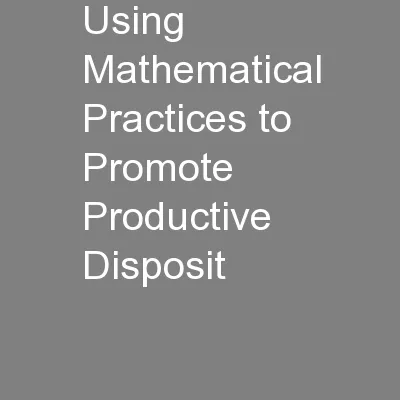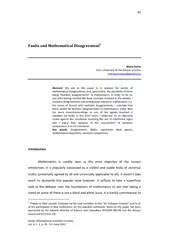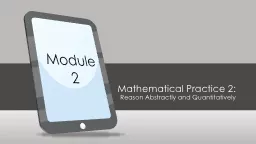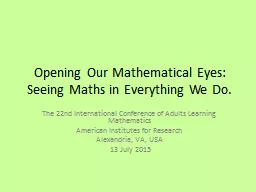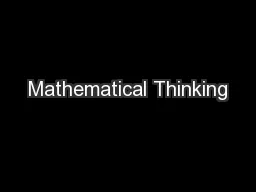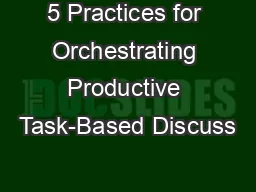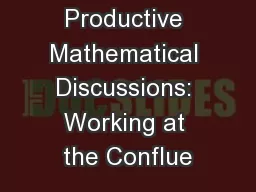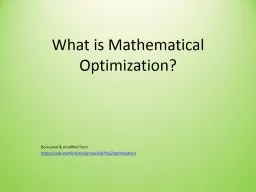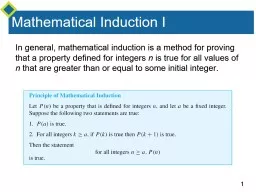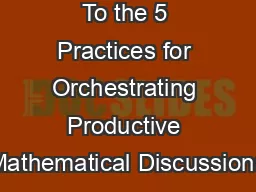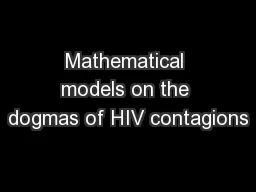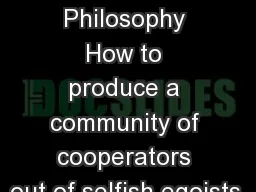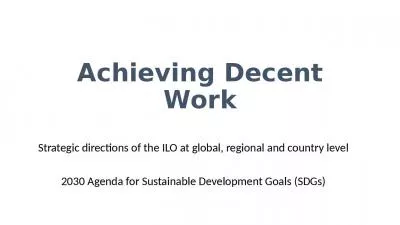PPT-Using Mathematical Practices to Promote Productive Disposit
Author : phoebe-click | Published Date : 2016-06-22
Duane Graysay Sara Jamshidi and Monica Smith Karunakaran The Pennsylvania State University Overview Students Upward Bound 5week program Collegelike experiences
Presentation Embed Code
Download Presentation
Download Presentation The PPT/PDF document "Using Mathematical Practices to Promote ..." is the property of its rightful owner. Permission is granted to download and print the materials on this website for personal, non-commercial use only, and to display it on your personal computer provided you do not modify the materials and that you retain all copyright notices contained in the materials. By downloading content from our website, you accept the terms of this agreement.
Using Mathematical Practices to Promote Productive Disposit: Transcript
Download Rules Of Document
"Using Mathematical Practices to Promote Productive Disposit"The content belongs to its owner. You may download and print it for personal use, without modification, and keep all copyright notices. By downloading, you agree to these terms.
Related Documents

